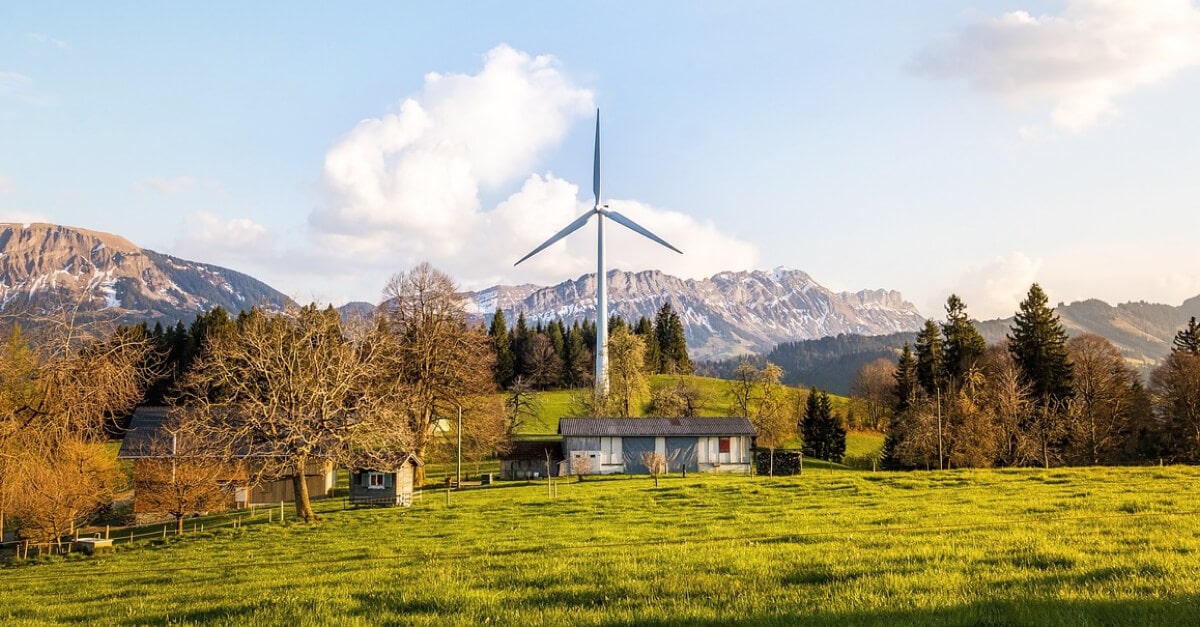Hyundai Motorstudio Senayan Park
Hyundai Motorstudio Senayan Park
Newsroom
The official news from Hyundai Motorstudio Senayan Park and a collection of innovative articles on mobility and sustainability here.
-
4 Examples of Non-Renewable Energy and Its Impact
- Hyundai Motorstudio Senayan Park Senayan Park 2022.10.20
-
Since the industrial revolution developed, humans began to use various non-renewable energy sources. In fact, it is estimated that about 80% of the energy used by humans until now comes from non-renewable energy.
renewable energy is energy that comes from non-renewable natural resources. The amount is limited and can be reduced if used continuously. Therefore, non-renewable energy needs to be conserved by switching to renewable energy.
The definition of non-renewable energy is
The definition of non-renewable energy is energy sources obtained from natural resources whose formation time is up to millions of years. This resource is classified as non-renewable because it will take a very long time to replace it.
In carrying out their daily activities, humans have used a lot of non-renewable energy sources. The meaning of non-renewable sources here is energy sources that can be used up and cannot be recycled.
Why is that, because this energy source comes from animal and plant fossils that have been buried for millions of years in the earth to turn into petroleum. Fossil fuels need to be mined first from the earth so that later they can be processed and used.
Examples of Non-Renewable Energy
Previously, did you know some examples of non-renewable energy sources? If not, you can refer to the information below, we have summarized some examples of non-renewable energy sources specifically for you.
1. Crude oil
Petroleum is a non-renewable natural resource and includes mining products originating from rocks and very small plant and animal organisms as a support for its formation.
But there is also petroleum that comes from microorganisms that died millions of years ago, buried in the ground or on the seabed or buried in mud.
In the formation of rocks that make up petroleum, the youngest rock is about 1 million years old. Therefore, the use of petroleum must be reduced.
Petroleum consists of a complex mixture of various hydrocarbons. Most petroleum contains a series of alkanes that vary in composition and purity.
This crude oil is taken from oil wells in oil mining lands or in sea areas. The location of this oil well is obtained from the results of the geological study process to sediment analysis.
2. Coal
Coal is a fossil fuel that comes from organic deposits, such as living and dead plants about 100-400 million years ago. Coal is used as a power plant in various countries, for example Indonesia.
However , because the formation process takes hundreds of millions of years, coal must also be used less. This energy source is known as combustible sedimentary rock. The main elements of coal are oxygen, nitrogen, hydrogen and carbon.
3. Nuclear
Nuclear technology is a technology that deals with the reactions of atomic nuclei. This nuclear technology can be used for various applications, the simplest example being used for smoke detectors.
Nuclear is a non-renewable energy source because its basic materials are limited. Generally nuclear is obtained from uranium, where the mining process requires a lot of effort. Not only that, using nuclear energy is very risky if radiation arises from radioactive waste.
Nuclear technology is also often used for its sophistication as a power plant in the manufacture of nuclear reactors.
4. Natural gas
As the title implies, this natural gas comes from natural conditions that naturally occur. Natural gas is also known as natural gas or swamp gas with the basic ingredients of fossil fuels whose main gas form consists of methane CH4.
This natural gas can be found in natural gas fields, oil fields, coal mines, or in volcanic craters. Natural gas comes from methane which is a poisonous gas that smells bad. This natural gas is used in the form of LPG for cooking.
Impact of Non-Renewable Energy
The following are the impacts or disadvantages of non-renewable energy, including:
- Pollutants produced are usually grouped into nitrogen oxides, carbon monoxide, and hydrocarbons.
- Natural gas and oil require high investment in order to be explored and exploited.
- In the combustion process, non-renewable energy will emit emissions.
- Emissions originating from the combustion process of non-renewable energy can have a serious impact on environmental conditions.
- The supply of non-renewable energy in the bowels of the earth is very limited and cannot be renewed in a short period of time.
- The process of extracting fossil fuels from the bowels of the earth will cause environmental damage.
- Pollutants released from fossil burning are the biggest factors for the emergence of smog, climate change, global warming or acid rain.
- The price of fossil fuels is very volatile or can change.
Advantages of Non-Renewable Energy
On the other hand, there are also several advantages possessed by non-renewable energy, including:
- This non-renewable energy is easier to find if it is urgent.
- Technology has been established and continues to grow.
- The condition is stable if used to meet daily energy needs.
- Energy is generated in large quantities.
- Non-renewable fuels such as coal, natural gas and oil have a high calorific value.
That was some information about some examples of non-renewable energy with its impacts and advantages. Hopefully this information about non-renewable energy is useful for you.




